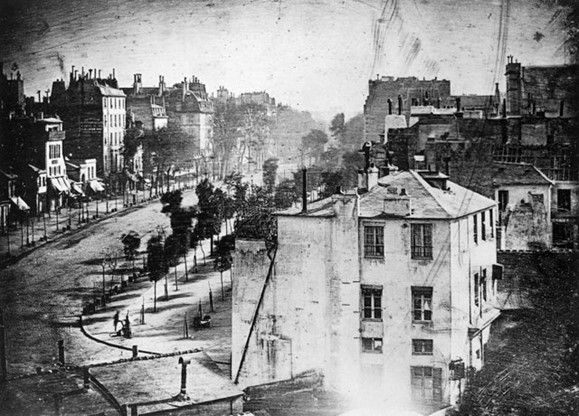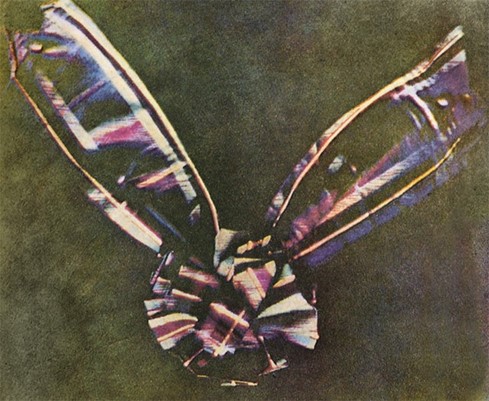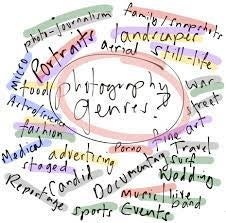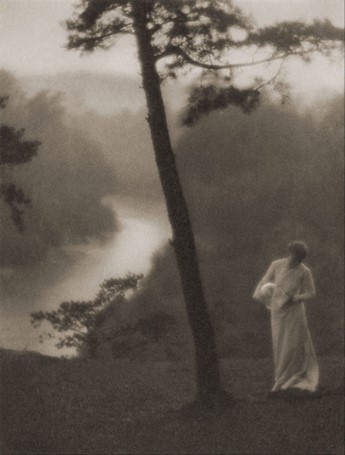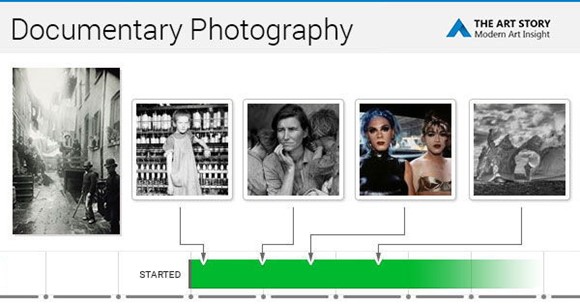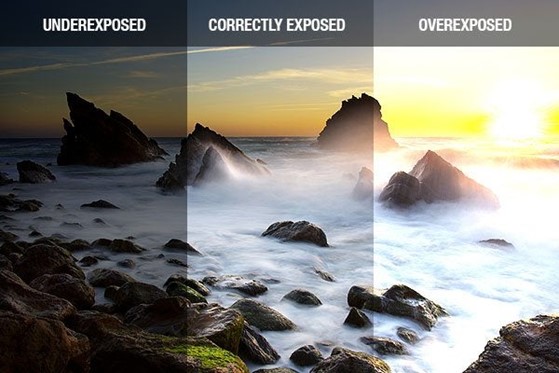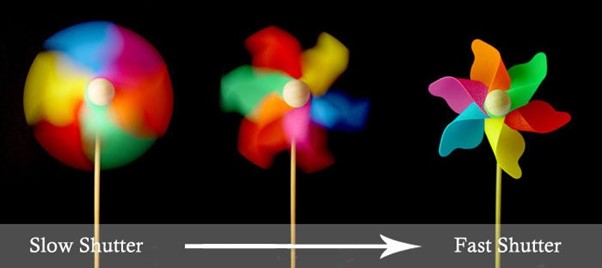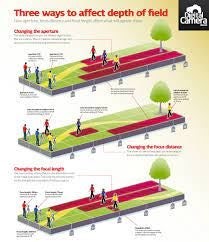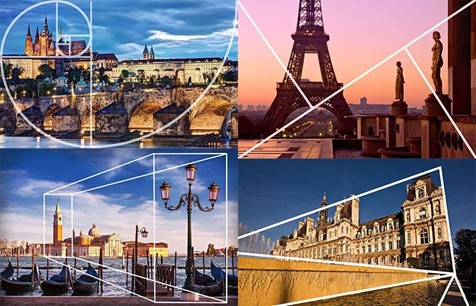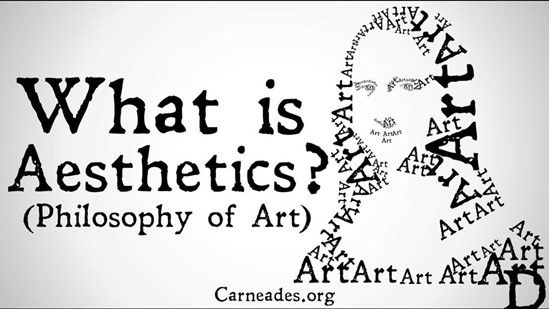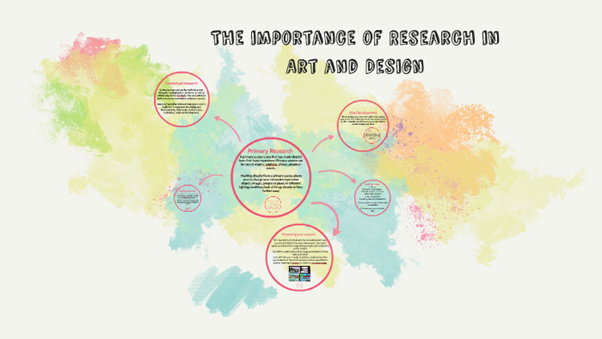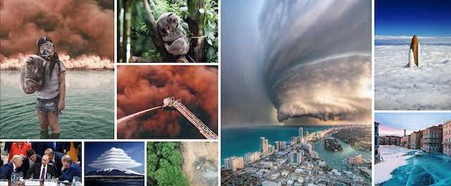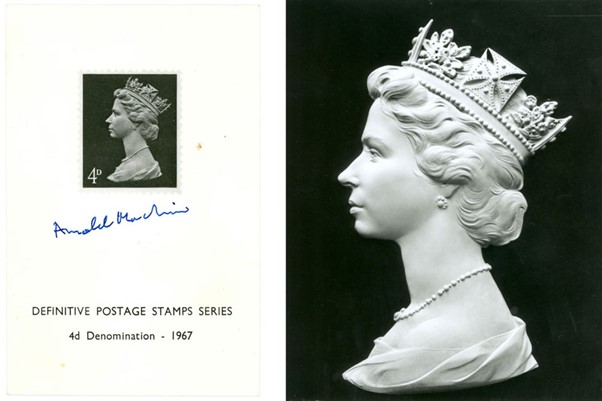WHAT IS PHOTOGRAPHY?
1822 is when photography was invented. However it was only in 1826 when Joseph Nicéphore Niépce took the first photo even though it got lost it still holds the title for the oldest photo.
Photography is the art of light, it is how the use of light can form an image. It can be taken digitally with a sensor or chemically – which would be developed in a darkroom.
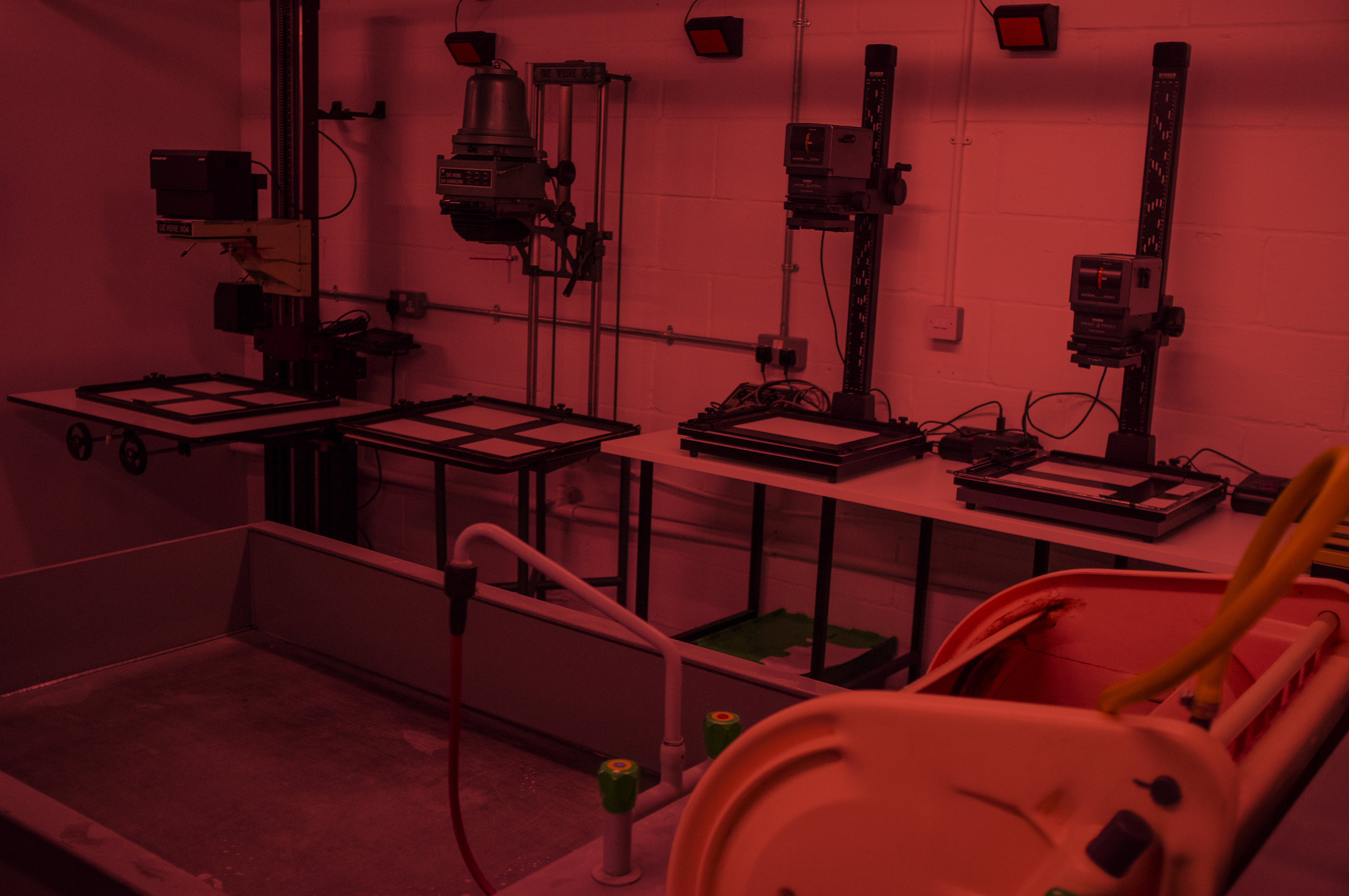

In 1844 Henry William Fox Talbot published the first instalment of The pencil of Nature, he wrote short texts to accompany his pictures. At first glance the arrangement seemed straightforward as if he was trying to tell a story to the audience however he has grasped that photographs are complicated.
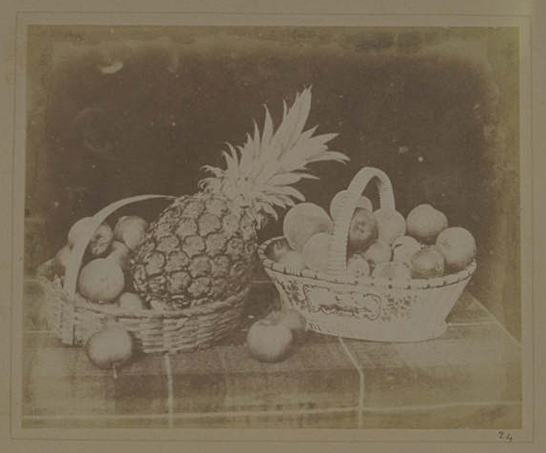
“Photographs confuse as much as fascinate, conceal as much as much as reveal, distract as much as compel. They are unpredictable communicators”
Photography has hugely developed and has become mobile, which means you can take photos at any time and get your photograph instantly. Each different photograph can have a different meaning and concept, people can also interpret photographs in their own way. Each person can view the same photograph but perhaps have a different meaning.
Photography is unpredictable, and each photo can represent different things. With photography you will never know the outcome until you take it. Lighting, mise-en-scene, colour are elements can affect how a photograph is represented; if the lighting is dark it could connote darkness however are brighter photograph could connote hope.

Photography may have different meanings to different people, however all photographs tell a moment in time of someones story. Photographers usually take picture to relate to themselves however people can also relate to them or manipulate the meaning to fit their own interpretation to their story. Photography can be used to guide us and communicate between each other in a form of art, in photography there is no wrong image or a bad image however there can be room for improvements.
Each photograph is different which makes it unique. An image can be fascinating and unusual which can cause confusion to people of the actual meaning, however this is what may intrigue people to the photograph and become interested. Images can reveal many secrets but can also keep them the photographer has the power what to show the audience, however there could be hidden meanings concealed into the photograph for people to discover. This is why photography can be confusing which therefore reinforces the quote “photographs confuse as much as fascinate, conceal as much as much as reveal, distract as much as compel. They are unpredictable communicators” but there is beauty within each photograph.
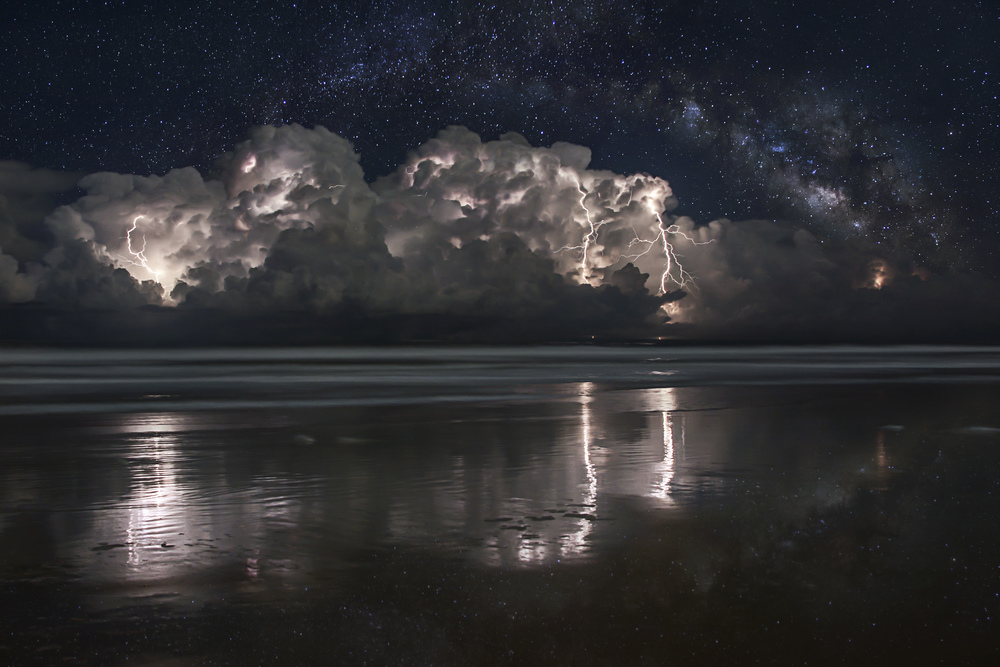
PHOTOGRAPHY EXAMPLES:
This image is fascinating yet confusing, the illusion of the falling man creates a sense of fear to the audience but also a sense of curiosity. Yves Klein was interested by the idea of levitation which I think is what inspired him to take this image. Klein took this image by taking two separate images which he then printed out together to create a seamless documentary photography. I believe the title also has a significance to this photograph “leap into the void” as the man may be leaping into the ‘void’. Furthermore I believe this image has a dark connotation as void usually is interpreted by dark, mysterious and dangerous.



